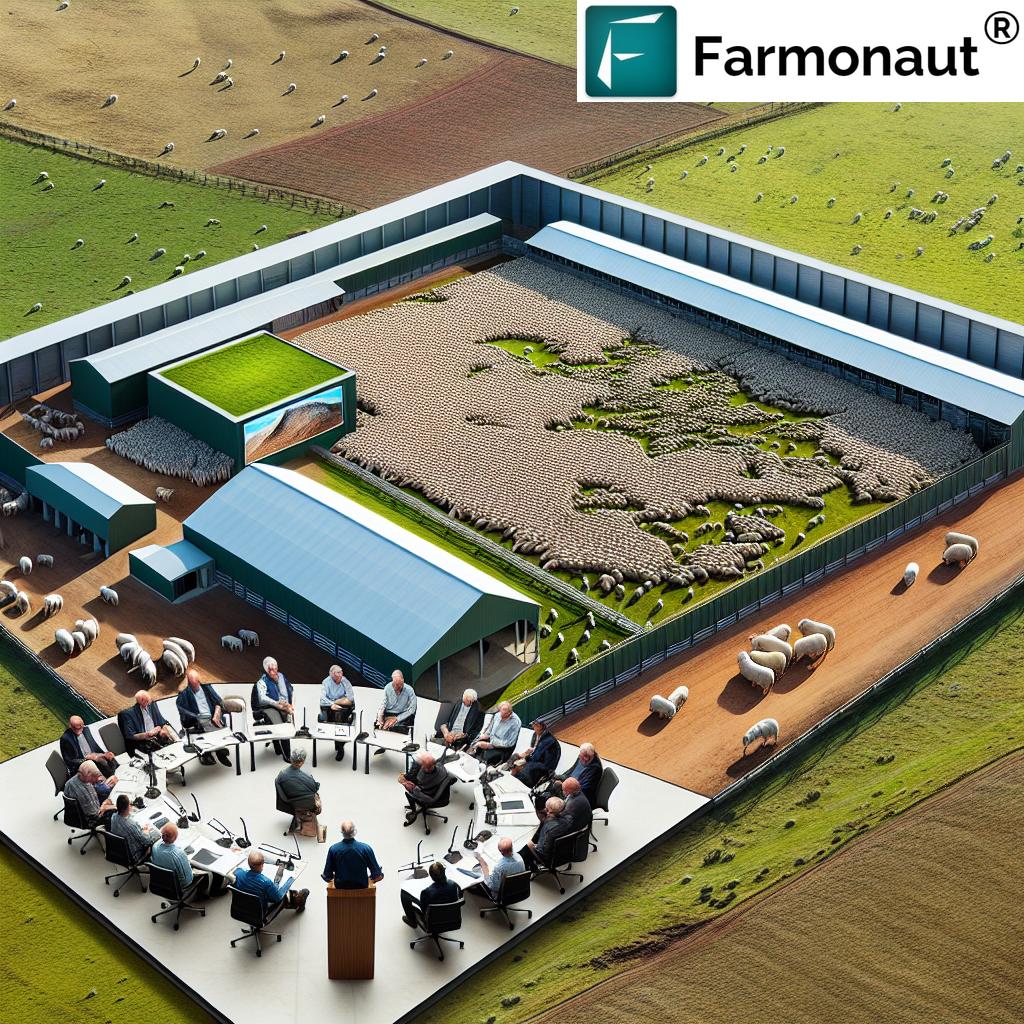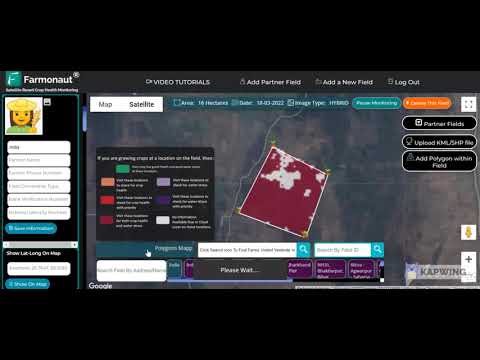Revolutionizing Australian Wool: Sustainable Classing Standards and Industry Insights at Regional Forums
“Australia hosts wool forums in at least 3 key centers: Katanning, Bendigo, and Armidale, discussing industry trends and standards.”
Welcome to our comprehensive exploration of the Australian wool industry’s cutting-edge developments and sustainable practices. As we delve into the world of wool classing standards and industry insights, we’ll uncover how technology and innovation are shaping the future of this vital sector. From regional forums to advanced software solutions, we’re excited to guide you through the latest trends and best practices in wool production.
The Evolution of Wool Classing Standards in Australia
Wool classing has long been a cornerstone of Australia’s agricultural heritage. In recent years, the industry has undergone significant transformations to meet modern demands for sustainability and ethical production. Let’s explore how these changes are revolutionizing the way we approach wool classing and production.
- Sustainable Wool Production: The focus on environmentally friendly practices has never been stronger.
- Technological Advancements: New software and satellite-based solutions are changing the game.
- Industry Compliance: Stricter standards ensure quality and ethical practices across the board.
At Farmonaut, we’re committed to supporting these advancements through our innovative agritech solutions. Our satellite-based farm management platform offers valuable insights that can be applied to various aspects of wool production, from land management to resource optimization.

Regional Wool Forums: Hubs of Innovation and Knowledge Sharing
Regional wool forums play a crucial role in disseminating information and fostering collaboration within the industry. These events bring together woolclassers, woolgrowers, and industry professionals to discuss the latest trends, challenges, and opportunities. Let’s take a closer look at some of the key forums happening across Australia.
| Location | Date (Estimated) | Main Topics Covered | Key Speakers | Attendance Numbers (Est.) | Highlighted Technologies |
|---|---|---|---|---|---|
| Katanning, WA | March 2024 | Sustainability schemes, Compliance | Industry experts, Local woolgrowers | 200 | Wool classer software, Satellite monitoring |
| Bendigo, VIC | May 2024 | Animal welfare, Clip preparation techniques | Veterinarians, Experienced classers | 250 | AI-driven health monitoring, Traceability solutions |
| Armidale, NSW | September 2024 | Market trends, Education programs | Market analysts, Education providers | 180 | Blockchain for supply chain, Farmonaut’s agritech platform |
These forums serve as invaluable platforms for knowledge exchange and networking. They allow industry professionals to stay updated on the latest wool classing standards and sustainable wool production practices.
Wool Clip Preparation Techniques: Enhancing Quality and Efficiency
Proper wool clip preparation is essential for maintaining the high standards of Australian wool. Let’s explore some of the latest techniques and best practices:
- Skirting and Classing: Removing lower quality wool to improve overall clip value.
- Contamination Prevention: Implementing strict protocols to keep the wool free from foreign materials.
- Efficient Sorting: Utilizing advanced methods to categorize wool based on micron, length, and strength.
By adopting these techniques, woolclassers can significantly enhance the quality and marketability of their wool clips. At Farmonaut, we understand the importance of precision in agriculture. While our focus is on crop monitoring and management, the principles of accuracy and efficiency that we promote can be applied to various aspects of wool production.
The Role of Technology in Modern Wool Classing
“The Australian wool industry focuses on 5 key areas: classing standards, sustainability, compliance, animal welfare, and technological innovation.”
Technology is playing an increasingly significant role in the wool industry, revolutionizing traditional practices and improving efficiency. Here’s how:
- Wool Classer Software: Digital tools for accurate record-keeping and data analysis.
- Satellite Monitoring: Advanced imagery for pasture management and flock health assessment.
- Blockchain Technology: Ensuring traceability and transparency in the wool supply chain.
At Farmonaut, we’re at the forefront of agricultural technology. Our satellite-based crop health monitoring system, while primarily designed for crop management, demonstrates the potential of remote sensing in agriculture. Similar principles could be applied to monitor pasture health for sheep grazing, contributing to better wool quality.
Explore our solutions:
Sustainability Schemes in the Wool Industry
Sustainability is no longer just a buzzword; it’s a necessity in modern wool production. The industry has developed various schemes to promote sustainable practices:
- Wool Sustainability Scheme: Promoting environmentally friendly production methods.
- Ethical Wool Sourcing: Ensuring animal welfare and fair labor practices.
- Carbon Footprint Reduction: Implementing strategies to minimize environmental impact.
These schemes not only benefit the environment but also add value to the wool, meeting the growing consumer demand for sustainable products. At Farmonaut, we share this commitment to sustainability. Our platform includes features for carbon footprint tracking, which could be adapted to support sustainable practices in wool production.

Compliance and Animal Welfare in Wool Production
Ensuring compliance with industry standards and prioritizing animal welfare are crucial aspects of modern wool production. Let’s examine the key areas of focus:
- Industry Compliance: Adhering to strict regulations and quality control measures.
- Animal Welfare Standards: Implementing best practices for sheep health and wellbeing.
- Certification Programs: Participating in recognized schemes that validate ethical practices.
These measures not only ensure the quality of the wool but also build trust with consumers and stakeholders. While Farmonaut’s primary focus is on crop management, our commitment to ethical and sustainable farming practices aligns with the wool industry’s goals.
Education and Training for Woolclassers
Continuous education and training are essential for maintaining high standards in wool classing. The industry offers various programs to support professional development:
- Woolclasser Education Programs: Comprehensive courses covering the latest techniques and standards.
- Workshops and Seminars: Regular events to update skills and knowledge.
- Online Learning Resources: Digital platforms for accessible and flexible education.
These educational initiatives ensure that woolclassers stay up-to-date with industry best practices and technological advancements. At Farmonaut, we understand the importance of continuous learning in agriculture. Our platform includes educational resources and real-time insights that help farmers make informed decisions, a principle that applies equally to wool production.
Market Trends and Auction Sales in the Australian Wool Industry
Understanding market trends is crucial for success in the wool industry. Let’s explore some key aspects:
- Auction Sale Dynamics: How pricing and demand fluctuate in the wool market.
- Global Market Influences: International factors affecting Australian wool exports.
- Consumer Preferences: Shifting trends in sustainable and ethical wool products.
Staying informed about these trends helps woolgrowers and classers make strategic decisions. While Farmonaut’s focus is on crop management, our data-driven approach to agriculture can be valuable in understanding and responding to market trends in various agricultural sectors, including wool production.
For developers interested in integrating agricultural data into their systems, check out our API and API Developer Docs.
The Future of Wool Production: Innovations and Challenges
As we look to the future, several innovations and challenges are shaping the wool industry:
- Genetic Advancements: Breeding programs for improved wool quality and sheep resilience.
- Climate Change Adaptation: Strategies to cope with changing environmental conditions.
- Digital Integration: Embracing big data and AI for smarter farming decisions.
These developments present both opportunities and challenges for the industry. At Farmonaut, we’re constantly evolving our technology to meet the changing needs of agriculture. Our AI-driven advisory system, Jeevn AI, demonstrates how artificial intelligence can provide valuable insights for farm management, a concept that could be extended to wool production.
Blockchain Technology in Wool Traceability
Blockchain technology is revolutionizing supply chain management in the wool industry:
- Transparent Supply Chains: Tracking wool from farm to final product.
- Authentication: Verifying the origin and quality of wool products.
- Consumer Trust: Building confidence through transparent practices.
This technology ensures the integrity of the wool supply chain, benefiting both producers and consumers. At Farmonaut, we recognize the potential of blockchain in agriculture. Our blockchain-based traceability solutions, while primarily developed for crop-based industries, demonstrate how this technology can enhance transparency and trust in agricultural supply chains, including wool production.
Regional Spotlight: Wool Production Centers
Australia’s wool industry thrives in various regions, each with its unique characteristics:
- Katanning, WA: Known for its fine wool production and innovative farming practices.
- Bendigo, VIC: A hub for wool trading and industry events.
- Armidale, NSW: Home to cutting-edge research in wool science and sheep genetics.
These regional centers play crucial roles in driving innovation and maintaining Australia’s position as a global leader in wool production. While Farmonaut’s technology is not specific to wool production, our satellite-based monitoring systems could provide valuable insights for land management in these key wool-producing regions.
The Role of Technology in Wool Quality Assessment
Technology is transforming how wool quality is assessed and graded:
- Advanced Testing Equipment: Precise measurements of wool characteristics.
- Digital Imaging Systems: Visual analysis for consistent grading.
- Data Analytics: Using big data to predict market trends and optimize production.
These technological advancements ensure more accurate and efficient wool classification. At Farmonaut, we understand the importance of precision in agriculture. Our satellite-based crop health monitoring system demonstrates how technology can provide detailed insights into agricultural production, a principle that could be applied to various aspects of wool quality assessment.
Environmental Impact and Sustainability in Wool Production
The wool industry is increasingly focusing on reducing its environmental footprint:
- Sustainable Grazing Practices: Implementing rotational grazing to protect pastures.
- Water Conservation: Developing efficient water use strategies in wool processing.
- Biodiversity Preservation: Balancing wool production with ecosystem health.
These efforts are crucial for the long-term sustainability of the industry. At Farmonaut, we share this commitment to environmental stewardship. Our platform includes features for monitoring land use and resource management, which could be adapted to support sustainable practices in wool production.
The Global Market for Australian Wool
Australian wool continues to be highly valued in the global market:
- Export Trends: Analyzing key markets and emerging opportunities.
- Quality Reputation: Maintaining Australia’s status as a premium wool producer.
- Market Diversification: Exploring new applications for wool in various industries.
Understanding these global dynamics is crucial for the industry’s growth. While Farmonaut’s primary focus is on crop management, our data-driven approach to agriculture demonstrates the importance of market intelligence in making informed decisions, a principle that applies equally to the wool industry.
FAQs About Australian Wool Industry and Classing Standards
- What are the main wool classing standards in Australia?
Australian wool classing standards include guidelines for fleece preparation, contamination prevention, and quality grading based on factors like micron count and staple length. - How often are regional wool forums held?
Regional wool forums are typically held annually or bi-annually in key centers like Katanning, Bendigo, and Armidale, with dates varying by location. - What is the Wool Sustainability Scheme?
The Wool Sustainability Scheme is an initiative promoting environmentally friendly and ethical wool production practices in Australia. - How is technology changing wool classing?
Technology is revolutionizing wool classing through digital record-keeping systems, advanced testing equipment, and data analytics for market trend predictions. - What education programs are available for woolclassers?
Woolclassers can access various education programs, including formal courses, workshops, and online learning resources to stay updated with industry standards and practices.
Conclusion: Embracing the Future of Australian Wool
The Australian wool industry stands at an exciting crossroads, blending traditional practices with cutting-edge technology and sustainable innovations. From regional forums to advanced classing standards, the sector is evolving to meet global demands while prioritizing quality, sustainability, and ethical production.
As we’ve explored throughout this article, the integration of technology, such as satellite monitoring and blockchain traceability, is opening new possibilities for efficiency and transparency in wool production. The industry’s commitment to sustainability and animal welfare not only ensures the quality of Australian wool but also aligns with growing consumer preferences for responsibly sourced products.
At Farmonaut, we’re proud to be part of the technological revolution in agriculture. While our primary focus is on crop management, many of our innovative solutions and principles can be adapted to support various aspects of wool production. From satellite-based monitoring to data-driven decision-making, our technologies demonstrate the potential for precision agriculture across different sectors.
As the wool industry continues to evolve, staying informed and adaptable will be key to success. We encourage woolgrowers, classers, and industry professionals to embrace these changes, participate in educational programs, and explore how new technologies can enhance their operations.
The future of Australian wool is bright, with opportunities for growth, innovation, and sustainable practices. By working together and leveraging the best of tradition and technology, the industry is well-positioned to maintain its global leadership and meet the challenges of the future.






